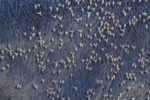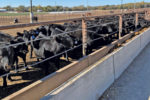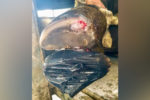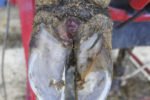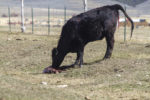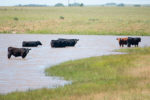Cow Health
ARTICLES
A cow’s body condition score (BCS) can affect a cow’s ability to lactate, raise a calf, get bred and gestate the next calf. To avoid the consequences of poor body condition on production efficiency, having a BCS score of 5 is ideal.
Read More
NCBA presentations share the importance of herd health as we build back the cow herd
As we build back the cow herd in the coming years, herd health is going to be increasingly important. Protect your operation from harmful diseases and prepare it for a successful transition.
Read More
The strategic management of anaplasmosis
Anaplasmosis, a disease spread by ticks and biting horseflies, has been historically seen in the southeastern U.S. Concerned experts report this infection is expanding to more states. Learn what the specialists say about the causes, symptoms and treatment for this noninfectious disease.
Read More
Monensin improves efficiency, reduces feed intake during drought
Monensin is an antibiotic that has been successfully used in the feeder cattle sector since 1975. It also improves efficiency and health in cow-calf herds while reducing feed intake, which can be critical during drought conditions.
Read More
Three contributing factors to bovine lameness
Lameness – the second-most costly animal health issue in the beef industry – has three major contributing factors: nutrition, genetics and environment.
Read More
Thinking beyond VL5 for reproductive vaccines
When thinking about pre-breeding vaccines, the first thought is often protecting against vibrosis and leptospirosis. However, there are a few other disease challenges that may have a larger effect on the overall herd.
Read More
Digital dermatitis or 'hairy heel wart' is not just a dairy issue
For many feedyards, digital dermatitis is rapidly becoming the most common cause of lameness. Understanding its causes, as well as prevention and early treatment protocols, can help gain control over this infectious hoof issue.
Read More
Retained placenta causes and treatments
The placenta should shed on its own, but in some instances, nutritional deficiencies or a difficult calving can keep the placenta retained. In this case, producers should monitor the cow for infection and avoid manual and antibiotic treatments.
Read More





